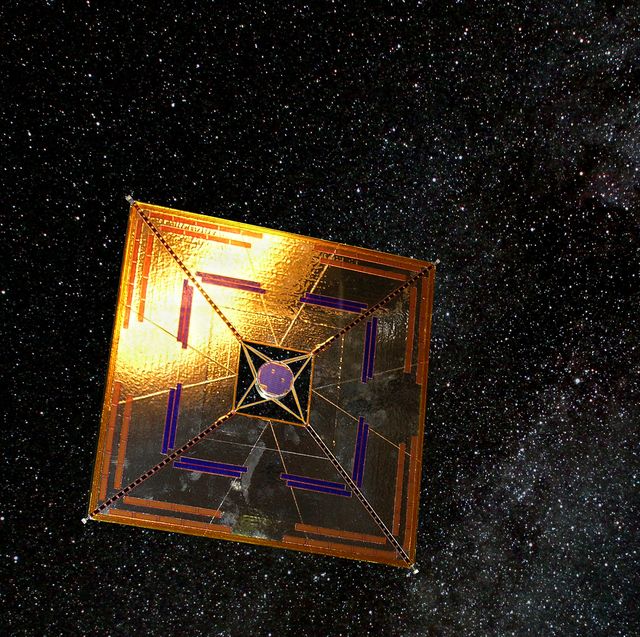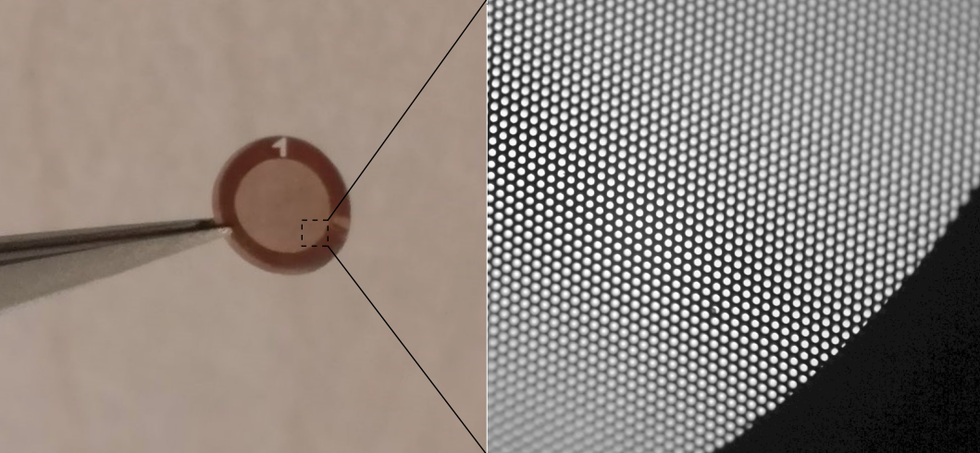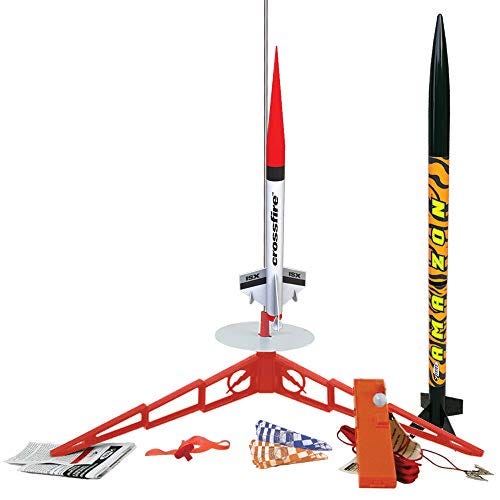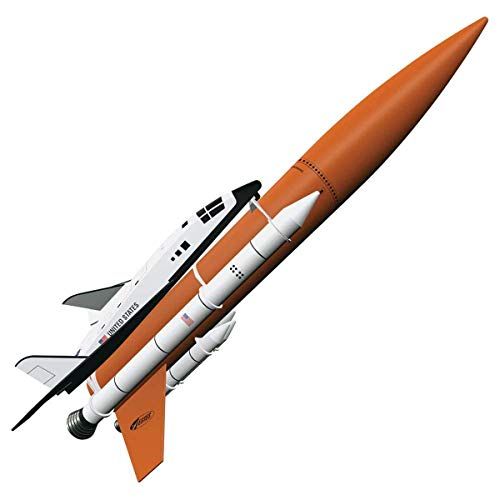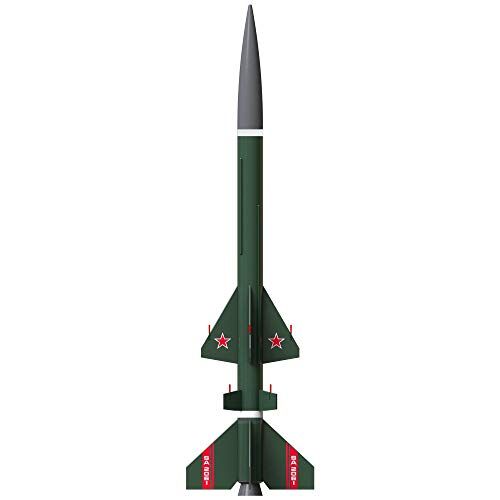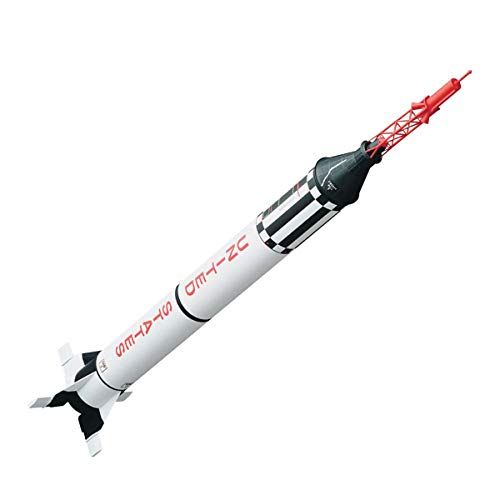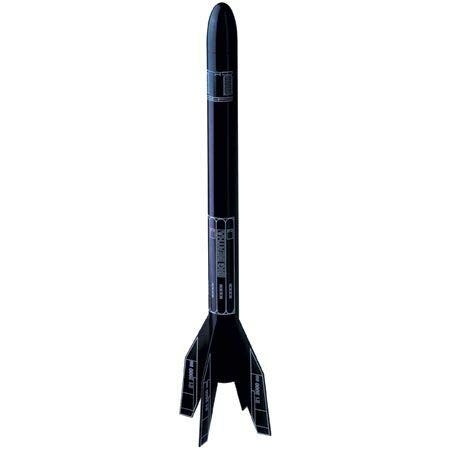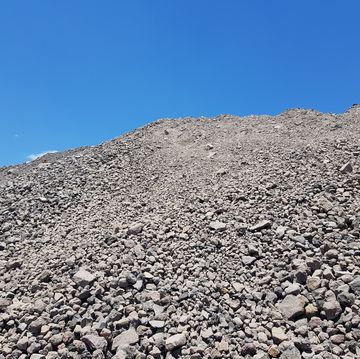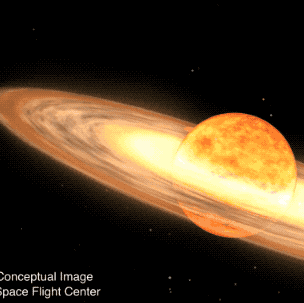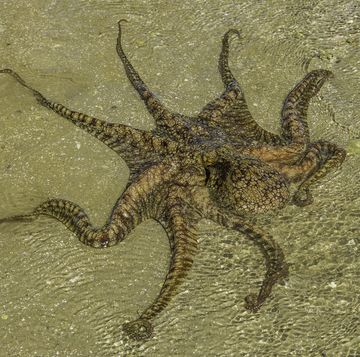- A tiny mockup of a graphene light sail has performed well in microgravity experiments.
- Light sail concepts date back hundreds of years, with advocates like Carl Sagan and Bill Nye.
- The "light" part is photons, but the lighter in mass these sails are, the better they work.
A new “light sail” concept for spaceflight has passed a microgravity test with ... flying colors, researchers say. This is the latest in a growing pile of promising research, including the endorsement of pop-culture science dad Bill Nye and the Planetary Institute.
🌌 You like badass space stuff. So do we. Let's nerd out over the universe together.
In a new paper, researchers propose and present testing of a concept for an “atomically-thin” graphene light sail—as in just one atom thick. Then it’s attached to the thinnest substrate ever, making for an overall design with a low enough mass to feasibly travel in space.
The thinness is key. The researchers explain:
“In order to best harness radiation pressure, light sails need to be highly reflective, lightweight and mechanically robust. This is traditionally achieved by the use of nanometer-thin reflective layers supported by a micrometer-thick substrate that endows them with the necessary sturdiness. This combination usually results in a sail mass that is too high to be efficiently used for extrasolar exploration.”
The graphene sail is tiny for now, because graphene is intensive to make and would need to be scaled up a great deal in a prototype. Universe Today explains the experiment:
“Right now, we can only manufacture small sheets of graphene, so the team constructed a miniature light sail only 3mm across and with a mass of less than 250 micrograms. The team then placed their little sail in a microgravity chamber and illuminated it with lasers ranging in power from 0.1 W to 1 W. The sail gained an acceleration ten times larger than it could have gained just by radiating heat.”
So this new graphene sail is critically lightweight, but that’s not the “light” in the name. Light sails for spaceflight travel by beams of light, meaning the gentle, but steady bombardment of photons from the sun and other stars. (There is a sun phenomenon called solar wind, but this isn’t the same thing.)
Since these particles are light, they’re traveling at the speed of light. A sail with a low-enough mass could harness this energy, something that proponents of the technology say means it’s the only way people could travel between planets in our collective lifetime.
🚀 Our Favorite LEGO Rocket Kits
SpaceX has cooperated with previous Planetary Society experiments, including successful use in space. But mass has always been the key factor in these designs and tests. A sail with no people or cargo can go a long way, and even electronics to pilot them don’t weigh very much. Satellites can operate with just a few dozen grams of mass, even ones that do real tasks in space.
But uncrewed missions don’t mean anything if a technology can’t carry payloads. Even if there were no plans to send people into space, ISS and even NASA’s tuned 747 carry scientific experiments. Taking photographs, sending and receiving messages, and making measurements using sensors all require mass. Basically, if it can’t carry, it’s not practical for exploration.
All this means that the charming Bajoran lightship that Captain Sisko builds on Star Trek: Deep Space 9, depicted in the show as a medieval construction of metal and wood, is only feasible if the Bajoran sun were powerful enough to probably incinerate the entire space station in the first place. But in real life, Planetary Society has already lightened its sail designs enough to reduce their surface area to a fraction of what it was, and the new graphene sail will make for even more efficient light travel.

Caroline Delbert is a writer, avid reader, and contributing editor at Pop Mech. She's also an enthusiast of just about everything. Her favorite topics include nuclear energy, cosmology, math of everyday things, and the philosophy of it all.
